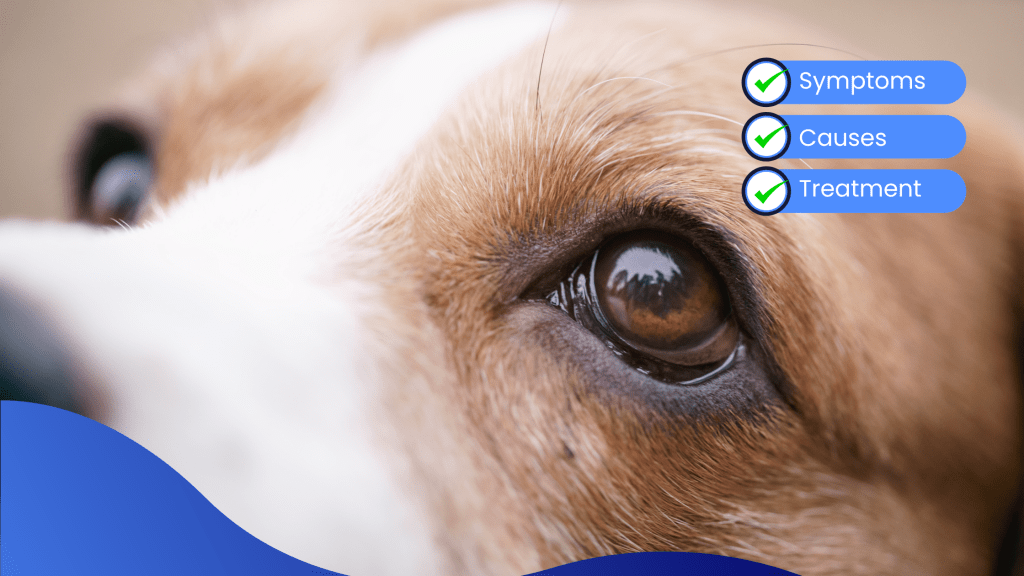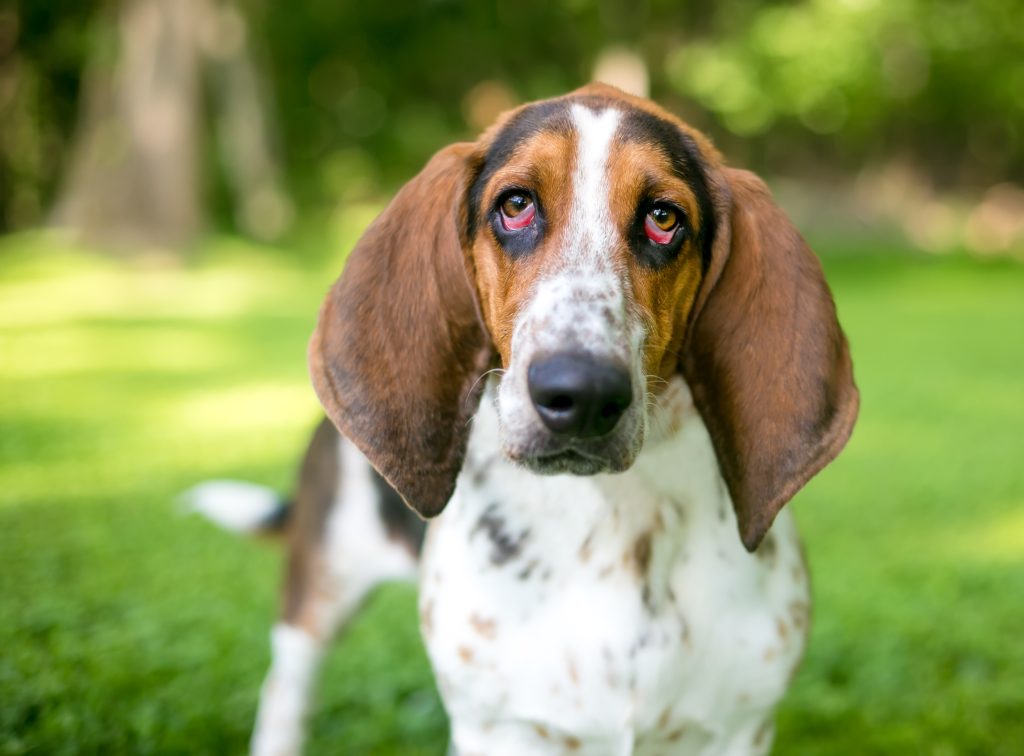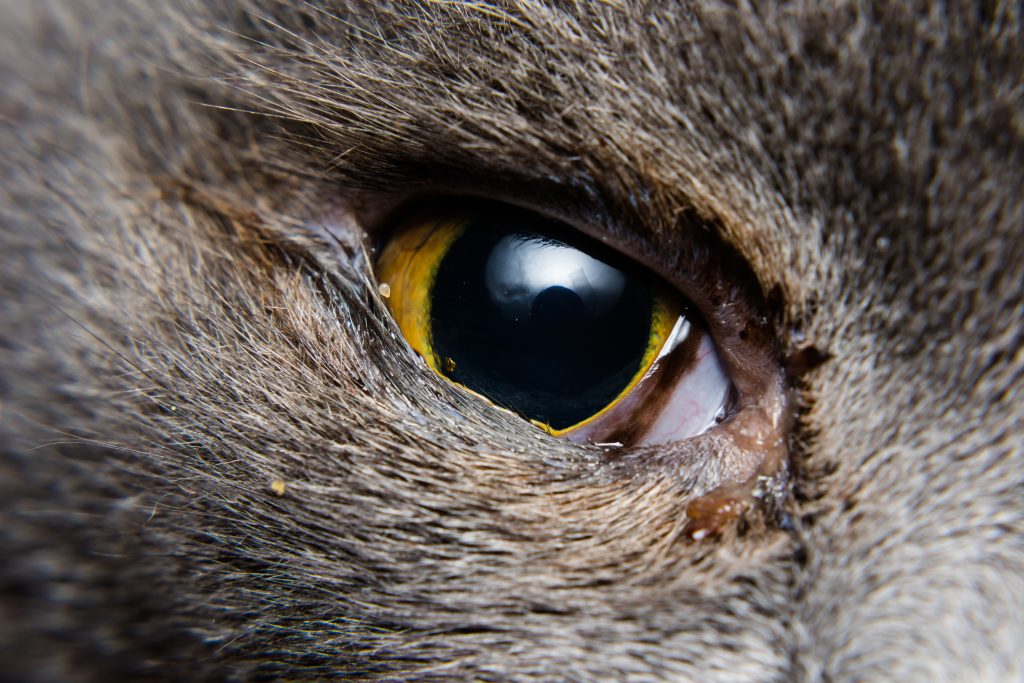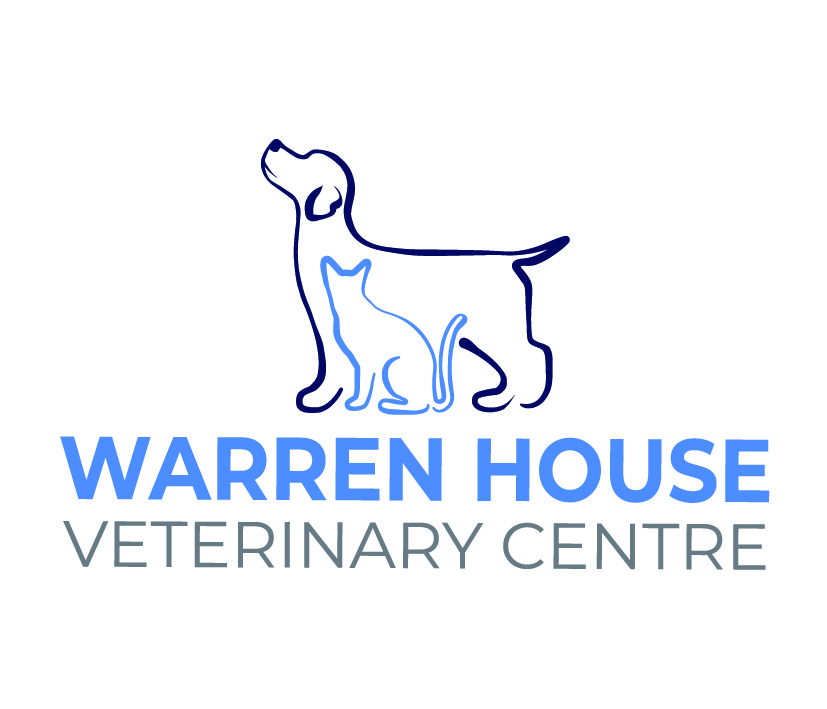
Ectropion and entropion are two different eyelid conditions in pets. In this article we explain the conditions in more depth, what you should look out for, and what the treatment involves.
What Is Ectropion?
Let’s begin with Ectropion, ectropion is an eyelid abnormality observed in pets where the lower eyelid turns outward, away from the eye, exposing the inner surface of the eyelid and the underlying tissues. This condition can affect one or both eyes and may occur in various breeds of dogs and cats.

What Are The Symptoms Of Ectropion:
- Outward Turning of Lower Eyelid: The most noticeable characteristic of ectropion is the lower eyelid turning outward, away from the eye. This exposes the sensitive tissues on the inner surface of the eyelid.
- Visible redness: Due to exposure, the inner lining of the eyelid and the conjunctiva may become red and irritated.
- Excessive Tearing: Pets with ectropion may experience increased tearing as a result of the exposed eye and irritation.
- Susceptibility to Infections: The exposed tissues are more prone to drying out, and debris can accumulate, increasing the risk of eye infections.
What Are The Potential Causes Of Ectropion?
- Breed Predisposition: Some dog breeds are genetically predisposed to ectropion, including breeds with loose facial skin and droopy eyelids.
- Facial Conformation: Pets with loose facial skin or excess skin around the eyes may be more susceptible.
What Are The Treatment Options For Ectropion?
- Mild cases: Where there are no significant clinical signs or discomfort, treatment may not be necessary.
- Severe cases or discomfort: Surgery may be recommended to correct the position of the eyelid.
Part two…
What Is Entropion?
Entropion is an eyelid abnormality observed in pets where the eyelid rolls inward, causing the hair, eyelashes, and sometimes the skin to rub against the surface of the eye.

What Are The Symptoms Of Entropion?
- Inward Rolling of Eyelid: The most distinctive feature of entropion is the inward rolling of the eyelid, leading to the eyelashes and fur coming into contact with the cornea (the clear front part of the eye).
- Eye Irritation: The constant friction between the rolled eyelid and the eye’s surface can result in irritation, redness, and squinting.
- Tearing: Pets with entropion often exhibit increased tearing or excessive production of tears.
- Corneal Ulcers: If left untreated, entropion can lead to corneal ulcers, which may cause pain and further complications.
What Are The Potential Causes Of Entropion?
The causes are the same for Entropion as Ectropion.
What Are The Treatment Options For Entropion?
- Mild cases: Where there is no evidence of corneal damage or significant discomfort, conservative management may be attempted. This can include the use of ophthalmic ointments to lubricate the eye and protect the cornea.
- Severe cases or discomfort: Surgical correction is often the preferred and more definitive treatment for entropion, especially in moderate to severe cases. The surgery involves adjusting the position of the eyelid to prevent it from rolling inward. This may involve the removal of a small section of skin or the use of sutures to tighten the eyelid.
Entropion correction is crucial for preventing ongoing eye discomfort and potential damage to the cornea. If left untreated, entropion can lead to chronic irritation, corneal ulcers, and vision impairment. The goal of the surgery is to alleviate the discomfort associated with entropion and promote a healthier eye.
Post Operative Care:
After the procedure you must follow the vet’s postoperative case instructions, this may include administering prescribed medications, monitoring for signs of infections or complications, and attending post-operative appointments to ensure the healing process is on course.
If you suspect that your pet has ectropion or entropion, or if you notice any signs of eye discomfort, consult with a vet as soon as possible. Early diagnosis and appropriate surgical intervention can improve your pet’s comfort and prevent potential complications associated with these eyelid conditions.
Thank you for reading, until next time…
